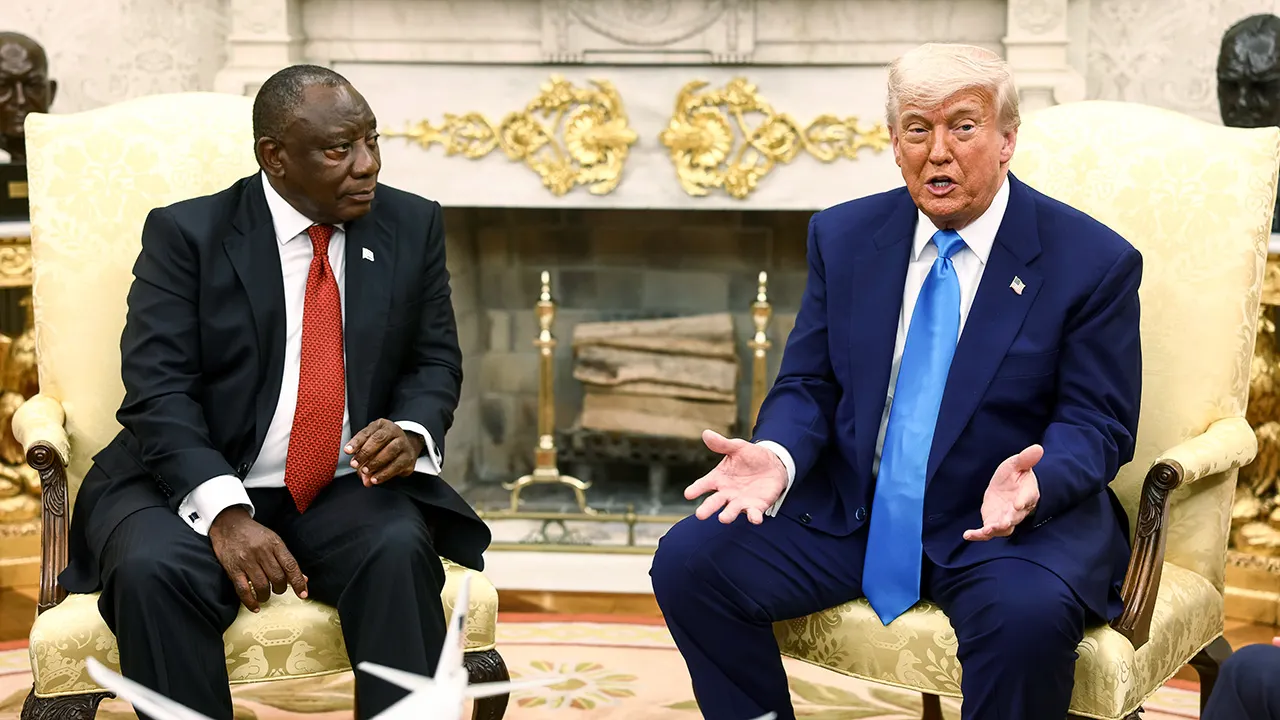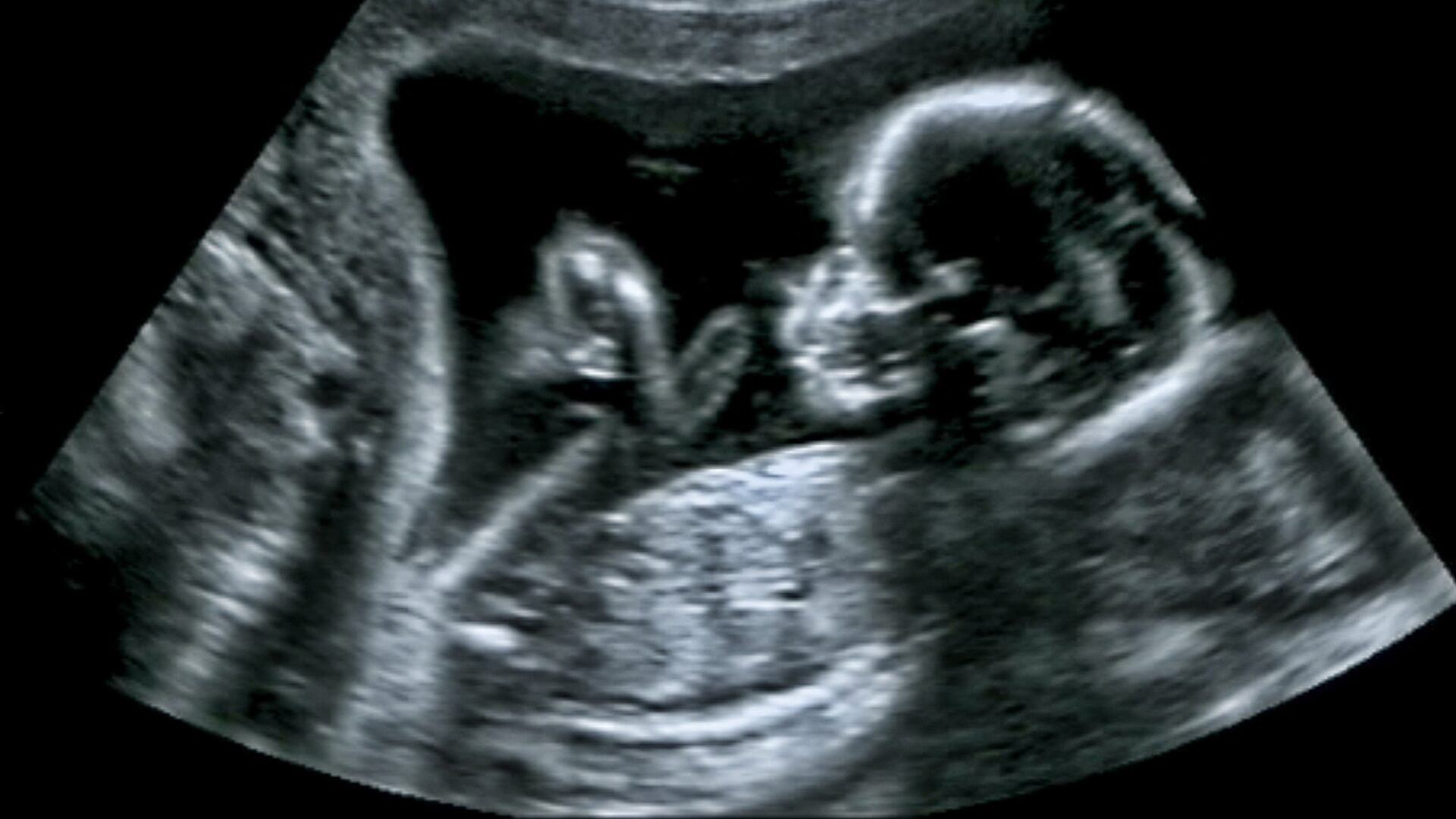President Donald Trump announced Friday that tariffs on imported steel will double from 25% to 50%, a move he says is intended to further protect and strengthen the U.S. steel industry.
🚨 President Trump Makes MAJOR Announcement
Next week, tariffs on steel will be raised from 25% to 50% to further protect the U.S. steel industry from foreign influence and unfair competition.
AMERICA FIRST. 🇺🇸
— The White House (@WhiteHouse) May 30, 2025
Trump’s Sovereign Wealth Fund: What Could It Mean For Your Money?
The announcement was made during a visit with steelworkers in Pittsburgh, where Trump addressed the future of domestic steel production and outlined what he described as a significant step forward in U.S. trade policy.
“We are going to be imposing a 25% increase. We’re going to bring it from 25% to 50%. The tariffs on steel into the United States of America, which will even further secure the steel industry in the United States,” Trump said during remarks to workers.
“Nobody’s going to get around that. So, we’re bringing it up from 25%. We’re doubling it to 50%.”
🚨 #BREAKING: President Trump just announced he is DOUBLING the tariffs on steel being brought into the United States
US Steelworkers went WILD when he revealed the news
Tariffs will now be 50% on imported steel. THAT’S America First! 🇺🇸 pic.twitter.com/XGEJTcjznL
— Nick Sortor (@nicksortor) May 30, 2025
This Could Be the Most Important Video Gun Owners Watch All Year
The tariff increase is set to take effect Wednesday, June 4.
Trump made the official announcement shortly after teasing a “major announcement” earlier in the week.
In his speech, he emphasized that the tariff increase would provide greater long-term protection against foreign steel imports, which have long been a concern for American producers.
“At 25%, they can sort of get over that fence,” Trump told the audience.
“At 50%, they can no longer get over the fence. So, congrats to everybody and to you for making a great deal. You just made a better deal right?”
Trump added that he initially considered raising the tariff to 40% but opted for a full 50% increase after consulting with steelworkers.
“I said, ‘Would you rather have a 40% or a 50%?’ They said, ‘We’ll take 50.’ I said, ‘I had a feeling you were going to say that.’ So, congratulations.”
The President also noted that the decision was supported by workers who understand the impact of trade policy on domestic industry.
“The people here understand the word tariff, and you understand it better than the people on Wall Street,” Trump said.
“But now the people on Wall Street are finding out. They’re saying, ‘Wow, you know, Trump was right.’”
Trump acknowledged that some voices on Wall Street have raised concerns that higher tariffs could increase inflation, worsen supply chains, or potentially lead to a recession.
However, he pointed to growing confidence from industry leaders and workers as a signal of the policy’s long-term value.
The tariff announcement comes in the wake of Trump’s comments on the proposed deal between U.S. Steel and Nippon Steel, a Japanese company planning a significant investment in the American steel industry.
Trump stated that U.S. Steel’s headquarters would remain in Pittsburgh and that Nippon Steel would invest $14 billion over the next 14 months.
“No workers would be laid off,” Trump said.
“It’s an investment, it’s a partial ownership, but it will be controlled by the USA.”
Following his speech, Trump reiterated the announcement on Truth Social, writing: “It is my great honor to raise the Tariffs on steel and aluminum from 25% to 50%, effective Wednesday, June 4th. Our steel and aluminum industries are coming back like never before. This will be yet another BIG jolt of great news for our wonderful steel and aluminum workers. MAKE AMERICA GREAT AGAIN!”
The administration’s move represents one of the most significant changes in U.S. trade policy since Trump returned to office, marking a continuation of the economic nationalism that characterized his first term.
Connect with Vetted Off-Duty Cops to Instantly Fulfill Your Security Needs
Read the full article here


![Trump Makes Major Move to Protect the American Steel Worker and Industry [WATCH] Trump Makes Major Move to Protect the American Steel Worker and Industry [WATCH]](https://www.lifezette.com/wp-content/uploads/2024/11/2024.11.06-01.47-lifezette-672b738b6bbfa.jpg)








![Sec. Kristi Noem Accuses ‘Democrats of Running a Shadow Government Through a Maze of NGOs’ [WATCH] Sec. Kristi Noem Accuses ‘Democrats of Running a Shadow Government Through a Maze of NGOs’ [WATCH]](https://www.rvmnews.com/wp-content/uploads/2025/09/2025.09.06-11.24-rvmnews-68bc19ffbb103.jpg)
